Sharing is caring!
Bahamian Food History: An Insightful Journey through the Islands
Bahamian Food History. Let’s explore the fascinating history and cultural heritage of Bahamian cuisines. From West African influences to English traditions, discover the flavors of fresh seafood and tropical ingredients. Dive into Bahamian recipes and culinary traditions that have shaped the island’s unique food culture.
The History and Origins of Bahamian Food History
The history of Bahamian cuisine is a rich tapestry woven together by the diverse influences of its original settlers. From the indigenous Lucayan Indians to the enslaved West Africans and European colonizers, each group has left its mark on the food and beverage culture of the Bahamas.
- Bahamas – History and Culture”- Bahamas Ministry of Tourism (www.bahamas.com)
- Bahamas – Encyclopædia Britannica (www.britannica.com)
The name “Bahamas” originates from the Spanish words “Baja Mar,” meaning “shallow water” or “low tide.” In 1492, Christopher Columbus stumbled upon this archipelago, marking his discovery of the New World. Although the Spanish did not establish a permanent presence in the Bahamas, they relocated the native Lucayan Indians to Hispaniola (Haiti and the Dominican Republic). In 1648 the English colonists settled on the Island of Eleuthera, marking the beginning of a new chapter for the Bahamas.
Consisting of over 700 islands, cays, and islets in the Atlantic Ocean, the Bahamas is often mistaken for a Caribbean nation. Situated east of the Florida Keys, north of Cuba and Hispaniola, and northwest of the Turks and Caicos Islands, the Bahamas became a British Crown Colony in 1718. This transition occurred as the British cracked down on piracy, making the Bahamas an alluring haven for notorious pirates like Blackbeard.
- A Brief History of The Bahamas – Office of the Prime Minister of The Bahamas (www.opm.gov.bs)
- Piracy and the British Empire: From Privateering to the Punitive State”- Peter T. Leeson, The Journal of Law and Economics (www.journals.uchicago.edu)
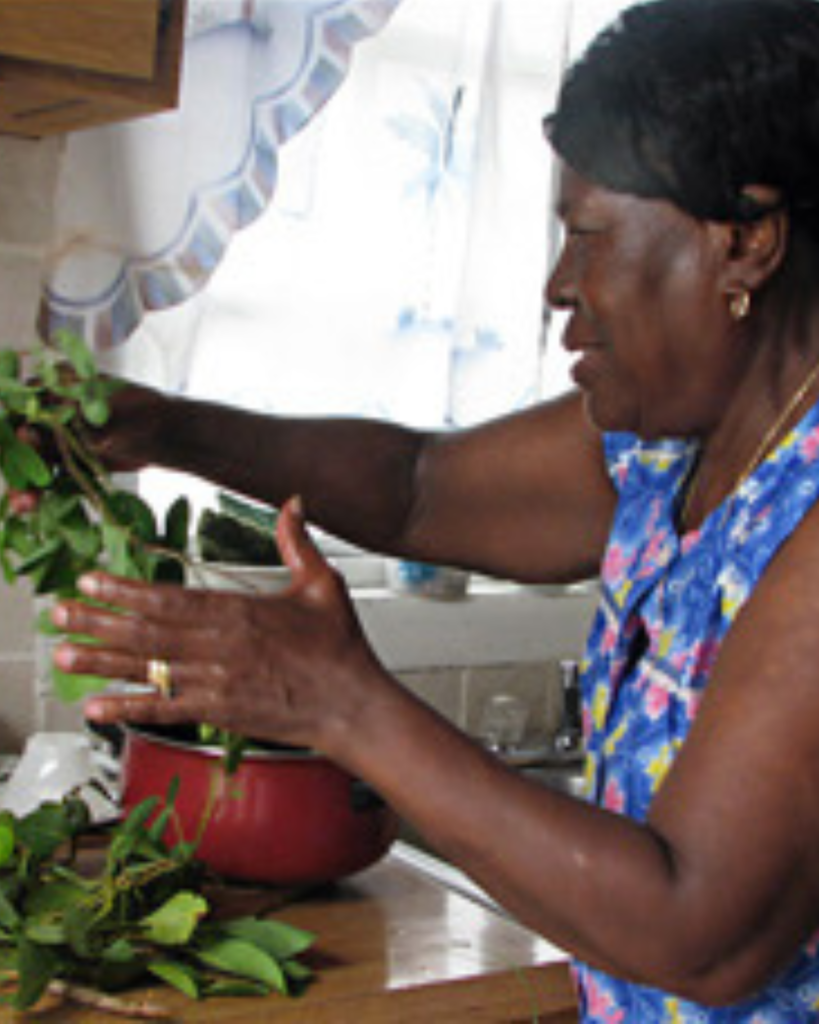
Bahamian cuisine was influenced by the English, the West African heritage of the enslaved people, and the country’s island geography. Fresh fish and shellfish dominate the culinary landscape, including lobster, shrimp, crab, and conch (a mollusk with sweet white meat). Tropical fruits and staples like rice, peas, and potatoes offer a delightful variety of flavors. Common seasonings such as goat pepper, scotch bonnet, lime, bay leaf, thyme, cilantro, garlic, allspice, and cinnamon add depth to Bahamian dishes. Rum and coconut milk, two beloved ingredients, are frequently incorporated into recipes. It’s no wonder that rum-based beverages are popular among locals and tourists alike.
The cultural, social, and economic practices related to the production and consumption of food in the Bahamas have been shaped by the diverse backgrounds of its settlers. Africa, England, the United States, and the West Indies have each contributed unique elements to the country’s foodways.
Bahamian cuisine owes much of its diversity to the contributions of different immigrant groups. Immigrants from the southern United States introduced grits as a staple, which became a significant component of the Bahamian diet. Traditionally made with corn grits, Johnny cake became a flour-based delicacy in the Bahamas. Originally called “journey cake” because Bahamian wives prepared it for their husbands’ voyages aboard fishing smacks, this simple bread is made with flour, water, baking powder, and lard.
- African and European Heritage in the Bahamas – Sheri Webber, The Nassau Guardian (thenassauguardian.com)
- Bahamian Bush Medicine – The Bahamas Ministry of Tourism (www.bahamas.com)
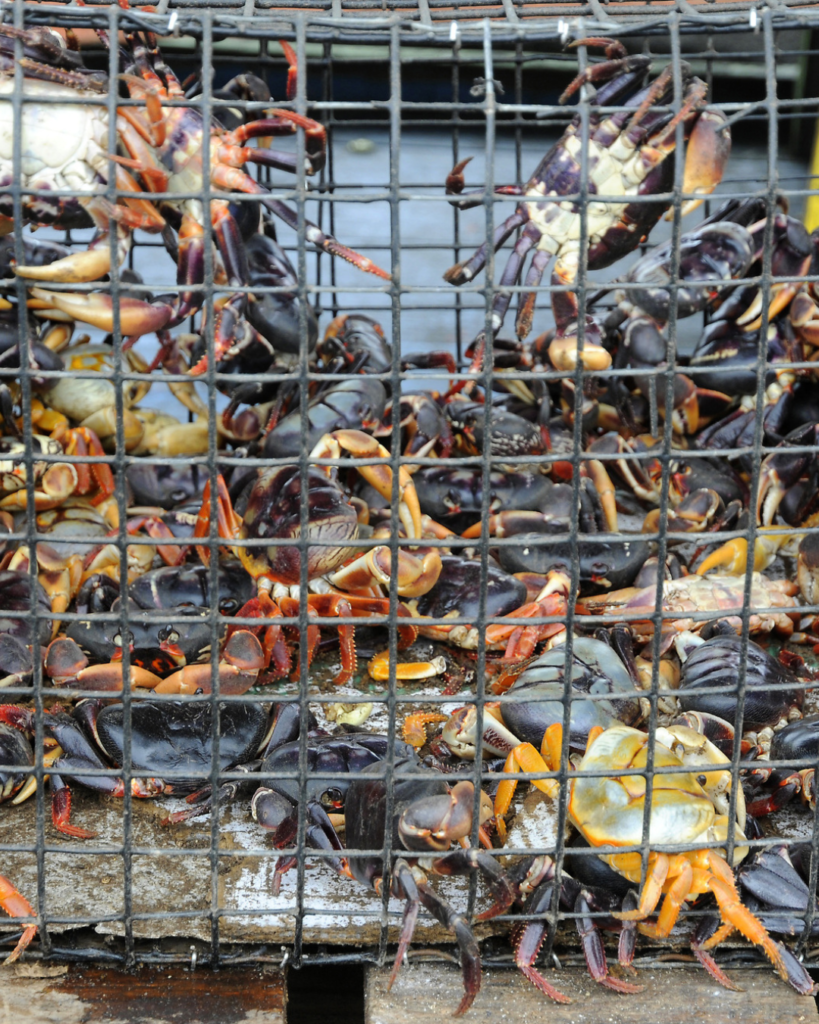
The Flavors of Bahamian Cuisine
West Africans brought their culinary traditions to the Bahamas as enslaved people between the 17th and 19th centuries. They introduced peas and rice, fritters, and stewed fish or chicken. The “short water” cooking method, which suited the scarcity of potable water in the archipelago, became a characteristic feature of Bahamian cuisine.
The British settlers contributed to the steam cooking technique. They brought recipes that incorporated fruits, like banana bread and guava duff. The West Indies, known for its curries, salted codfish and ackee preparation, and roti, also influenced the Bahamian culinary landscape.
- Bahamian Cuisine”- Caribbean Choice (www.caribbeanchoice.com)
- Bahamian Food: Beyond the Conch – Joseph Anderson, Out Island Life Magazine (www.outislandlifebahamas.com)
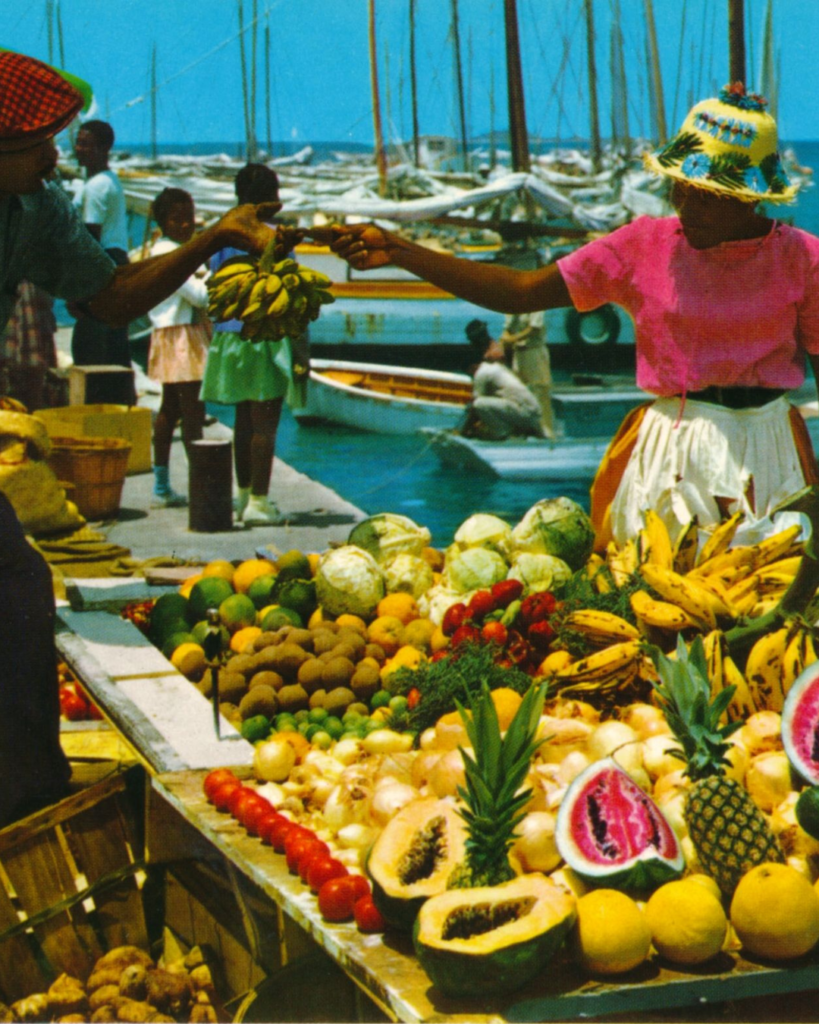
Traditional Cooking Techniques and Preservation
Cooking in the Bahamas occurred in outdoor kitchens, with ovens shaped like beehives or makeshift rock ovens. Without refrigeration, perishable items were often stored in tightly sealed oil drums to protect them from vermin and pests.
While the Bahamian soil is not highly conducive to agriculture, the islands have cultivated crops such as corn, okra, tomatoes, pigeon peas, sweet potatoes, pumpkin, cabbage, cassava, thyme, and yam. Indigenous fruits like cocoplum, sea grapes, soursop, sugar apple, guava, hog plum, tamarind, and pigeon plums are often preserved as jams. Mangoes, sugar cane, bananas, plantains, soursop, ju-ju, guineps, and coconuts thrive in the Bahamian climate.
Coconuts play a versatile role in Bahamian cuisine. The “milk” extracted from coconuts is a natural sweetener in curries, stews, rice dishes, and loaves of bread. The coconut flesh is added to baking recipes for desserts and beverages, adding a tropical touch to these treats.
Mailboats transport produce from the outlying islands to the markets in Nassau. On their return trips, these boats carry fresh produce and deliver essential supplies like flour, grits, sugar, kerosene, lumber, and mail. Canned products such as corned beef and evaporated milk are also available, providing convenience and variety to the Bahamian pantry.
In traditional Bahamian households, kitchens were often separate attached rooms. Still, much of the cooking took place in the open air. Boiling and frying were done in small sheds over open fires built on a bed of sand. Baking is carried out in ovens shaped like brick domes made from coral sandstone. These ovens are heated by building a fire and allowing the stones to become hot before placing the food inside.
Throughout history, grits have formed the foundation of many Bahamian meals. Whether accompanied by crab, conch, lobster, turtle, or fish, grits have been a staple due to their availability and versatility. Chickens, hogs, and goats are raised for meat, and the fat from hogs is rendered for cooking purposes. Slaughtering of animals would often occur when there were enough customers in the island community since power and refrigeration were unavailable for preservation.
- The Importance of Coconuts in Bahamian Culture – The Bahamas Ministry of Tourism (www.bahamas.com)
- Bahamas: Out Islands – The Mailboat Company (www.bahamasferries.com)
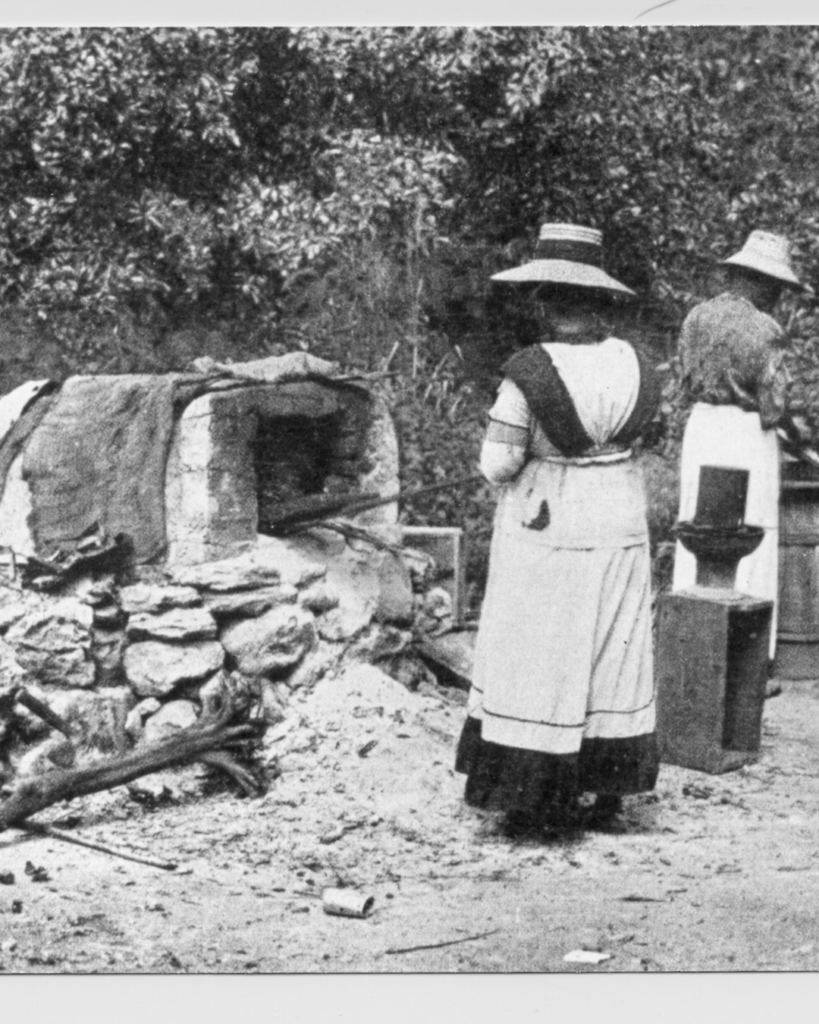
Culinary Traditions and Heritage
The culinary history of the Bahamas is a testament to the resourcefulness and adaptability of its people. By blending the flavors and techniques brought by various cultural groups, Bahamian cuisine has become a vibrant and unique tapestry of tastes and traditions. Whether savoring fresh seafood, tropical fruits, or the comforting warmth of dishes cooked with love over open fires, experiencing Bahamian food is like embarking on a culinary journey through these enchanting islands’ history and cultural heritage.
What are the three most popular foods in The Bahamas?
- Conch: Conch is a beloved and iconic ingredient in Bahamian cuisine. It is used in various dishes such as conch salad, conch fritters, and cracked conch. Conch meat is often tenderized, marinated, and served raw or cooked, providing a unique and distinctive flavor to many Bahamian dishes.
- Peas and Rice: Peas and rice is a staple dish in Bahamian cuisine. It typically consists of pigeon peas (or gungo peas) cooked with rice, flavored with onions, bell peppers, and spices, and often combined with meat such as salted pork or ham. It is a flavorful and hearty dish commonly enjoyed as a side dish or main course.
- Johnny Cake: Johnny cake is a traditional Bahamian bread made from a simple mixture of flour, water, salt, and baking powder. It is similar to cornbread or a dense biscuit and has a slightly sweet taste. Johnny cake is often served with breakfast, alongside seafood dishes, or enjoyed as a snack.
These three foods are widely enjoyed by locals and visitors, representing the flavors and culinary heritage of the Bahamas.
In conclusion, the rich tapestry of Bahamian cuisine reflects its diverse past. It is a fusion of flavors, techniques, and traditions passed down through generations. Exploring the Bahamas’ vibrant culinary landscape is a gastronomic delight and a journey through history and culture. Whether you’re enjoying a fresh seafood feast, indulging in traditional dishes, or sipping on a refreshing rum-based beverage, the flavors of the Bahamas are sure to leave a lasting impression on your palate and your heart.
Recommendations:
Bahamian Cuisine – Click Here
Bahamian Pigeon Peas and Rice – Click Here
Bahamas SkyJuice – Click Here

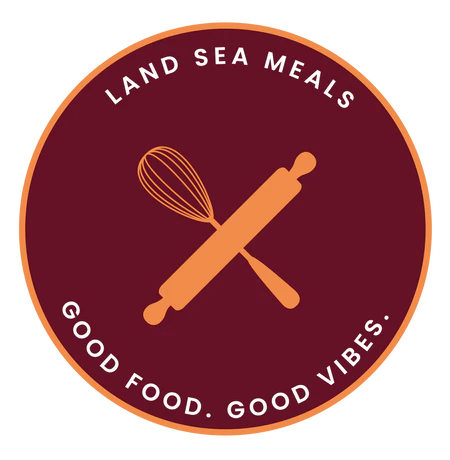

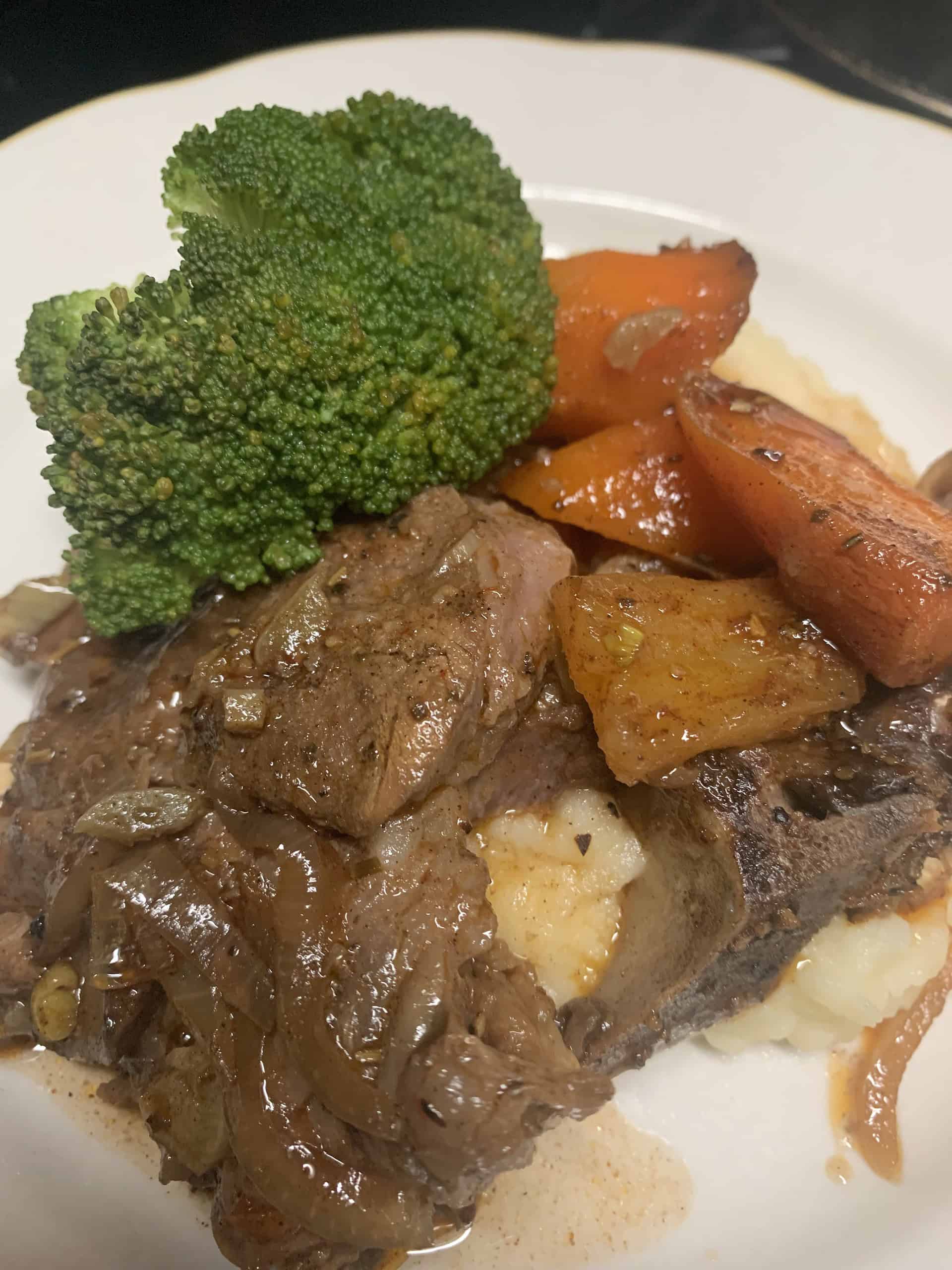
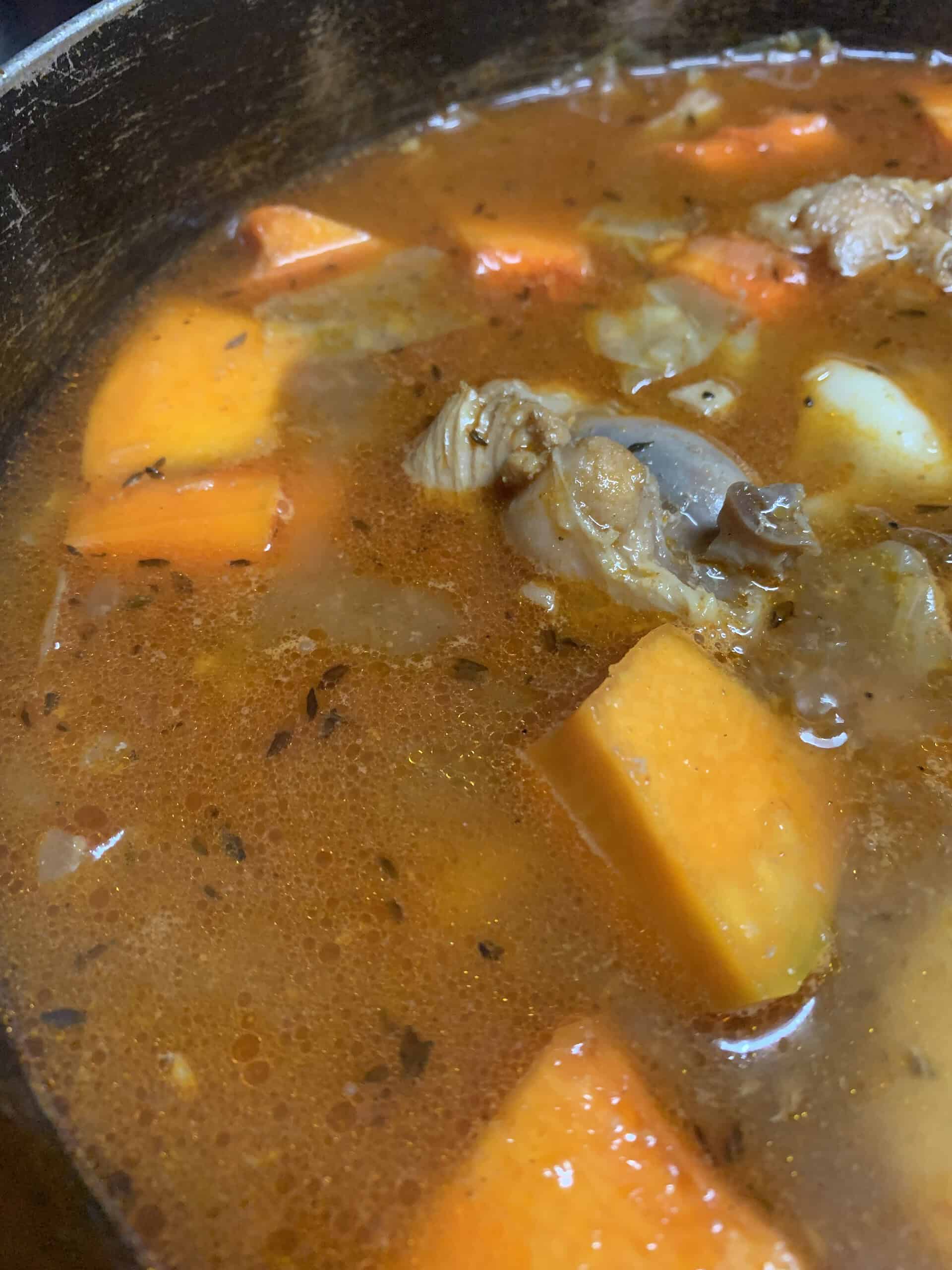
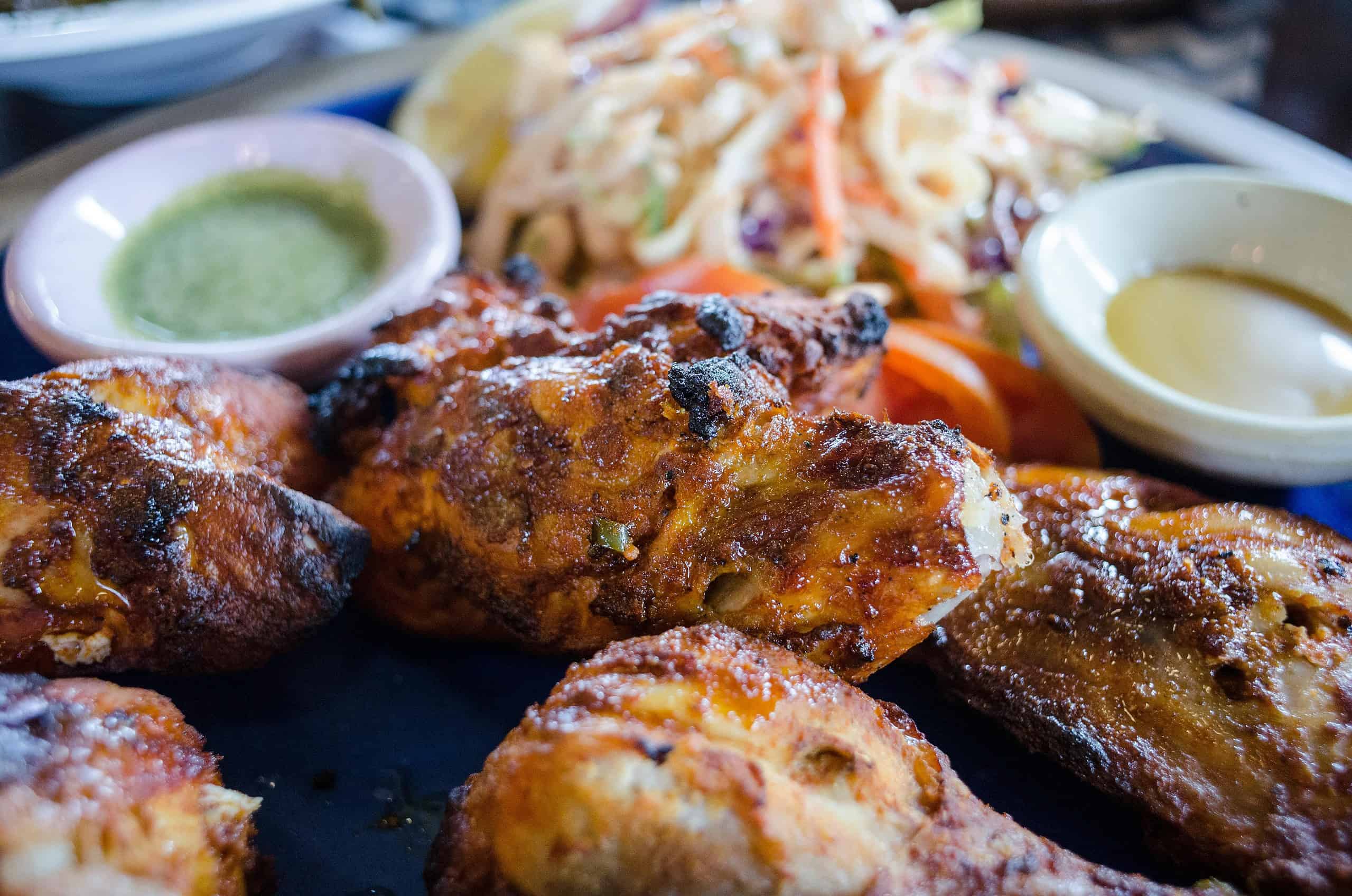
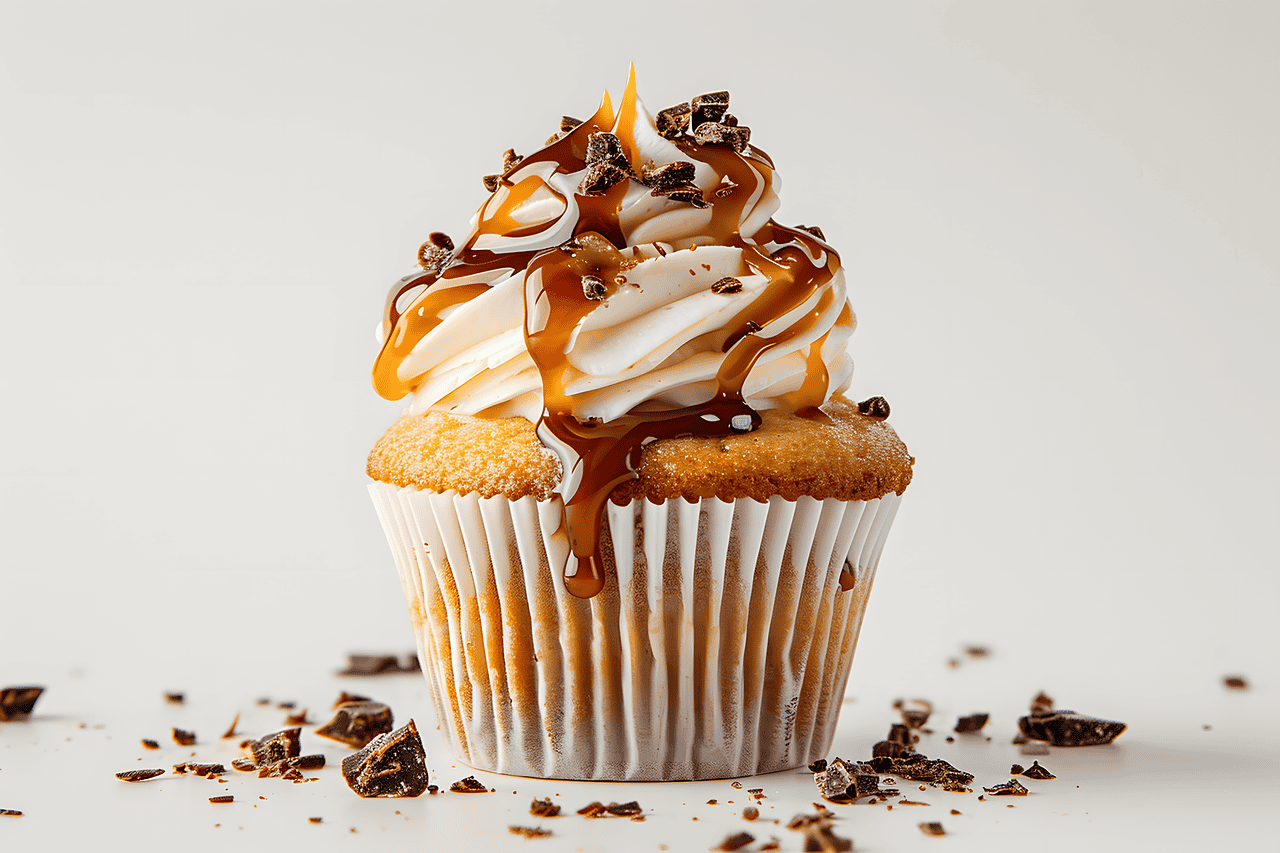

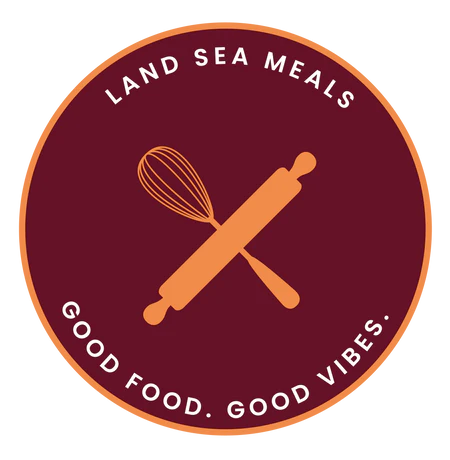
5 comments
thank you
[…] honeymoon in The Bahamas is complete without indulging in the dance of flavors that is Bahamian cuisine. The culinary landscape here is as diverse as the islands themselves, offering a mosaic of tastes […]
Yes even though we are the Bahamas, every island offers its own vibe and culinary landscape
Your article helped me a lot, is there any more related content? Thanks!
thank you for your comment. What to share my culture and food with the world